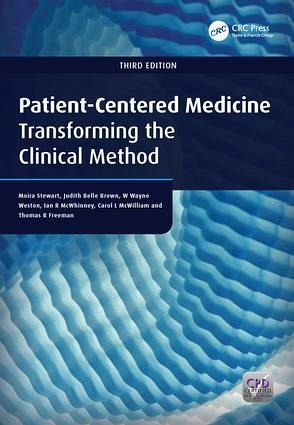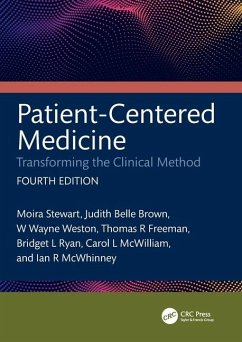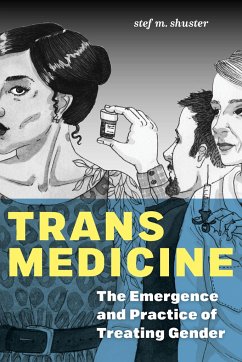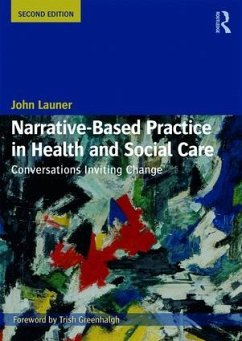Nicht lieferbar

Patient-Centered Medicine
Transforming the Clinical Method
Versandkostenfrei!
Nicht lieferbar
This long awaited Third Edition fully illuminates the patient-centered model of medicine, continuing to provide the foundation for the Patient-Centered Care series. It redefines the principles underpinning the patient-centered method using four major components - clarifying its evolution and consequent development - to bring the reader fully up-to-date. By examining and evaluating both qualitative and quantitative research, including reviews and recent studies, the book offers an invaluable compendium of relevant education literature and methods.













